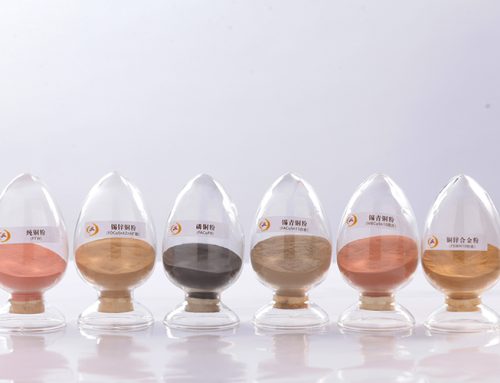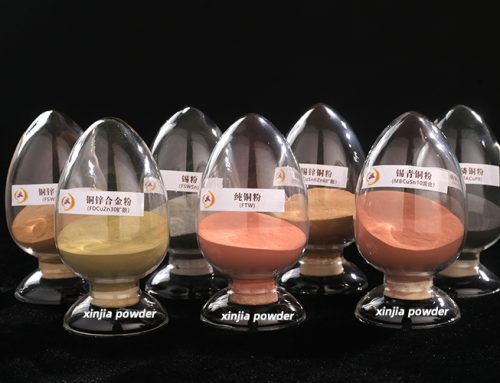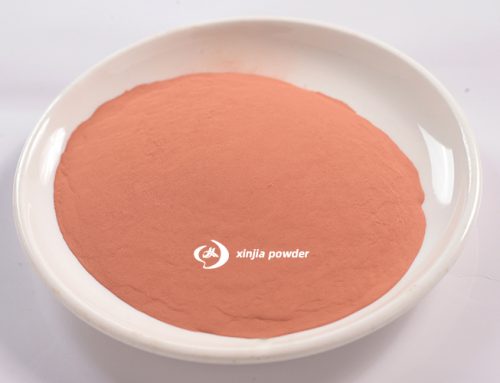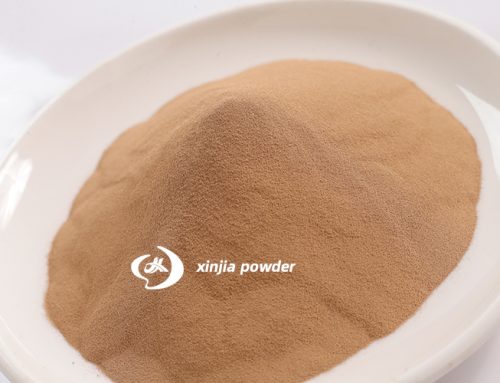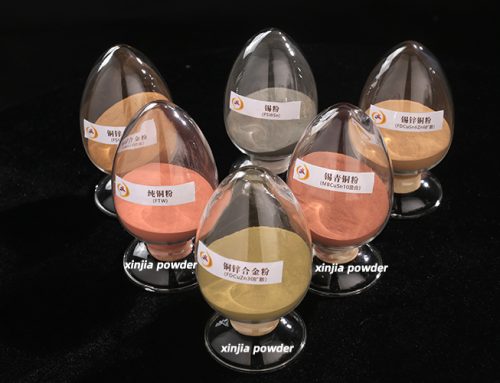Copper P/M products can be strengthened by incorporating finely dispersed particles of oxides such as alumina, titania, beryllia, thoria or yttria in the matrix. Dispersions can be made by mechanical mixing, internal oxidation or coprecipitation. For example, the Bureau of Mines prepared copper alumina dispersions by coprecipitation of the nitrates of copper and aluminum with ammonia, conversion of the product to oxides, reduction by hydrogen, compaction and extrusion. 8 Others have consolidated dispersion-strengthened copper by hot forging or rolling.
Dispersion strengthening has a number of advantages. Since the oxides are inert, they reduce the electrical conductivity only to the extent that they reduce the cross-section of the material. Thus, electrical conductivities on the order of 80% to 95% IACS can be achieved. However, the major value of dispersion strengthening is to produce a material that resists softening and grain growth at temperatures approaching the melting point of copper. Dispersion-strengthened materials are superior in structural stability to the precipitation hardenable alloys, such as copper chromium or copper-beryllium, because the oxides have no tendency to dissolve at high temperatures, a characteristic of the precipitation hardenable alloys.
For example, a commercial copper-alumina alloy now available has an electrical conductivity of 85% IACS and a room-temperature tensile strength of 85 ksi (586 MPa). Approximately 90% of the strength is retained with no loss in conductivity after one hour exposure at 1700 F (925 C). The precipitation hardenable alloys would be completely soft after a similar treatment.
xinjia copper powder


